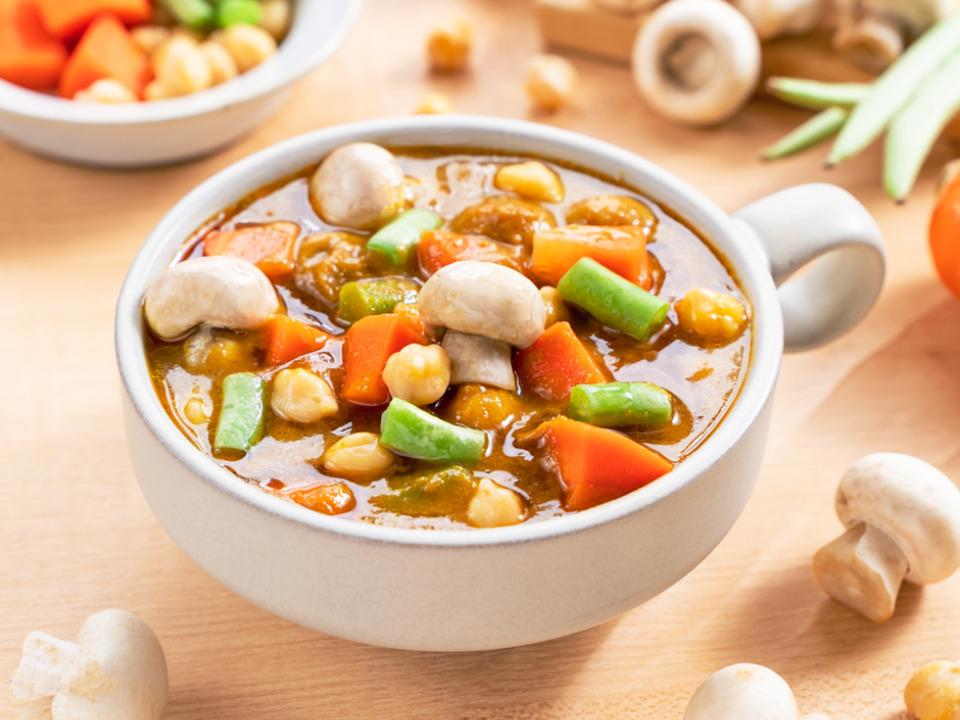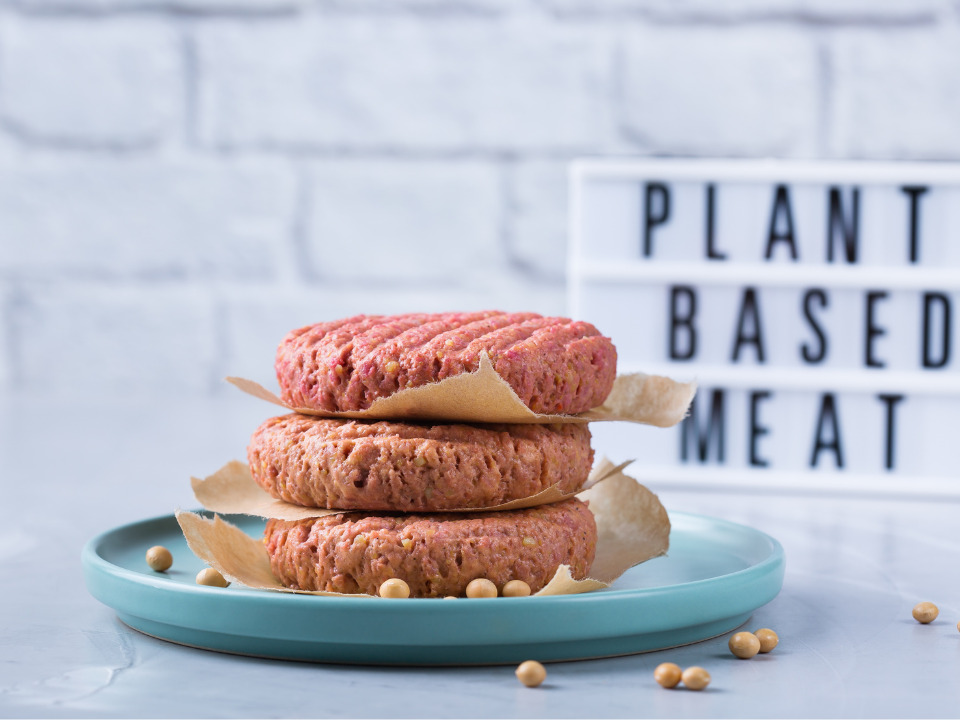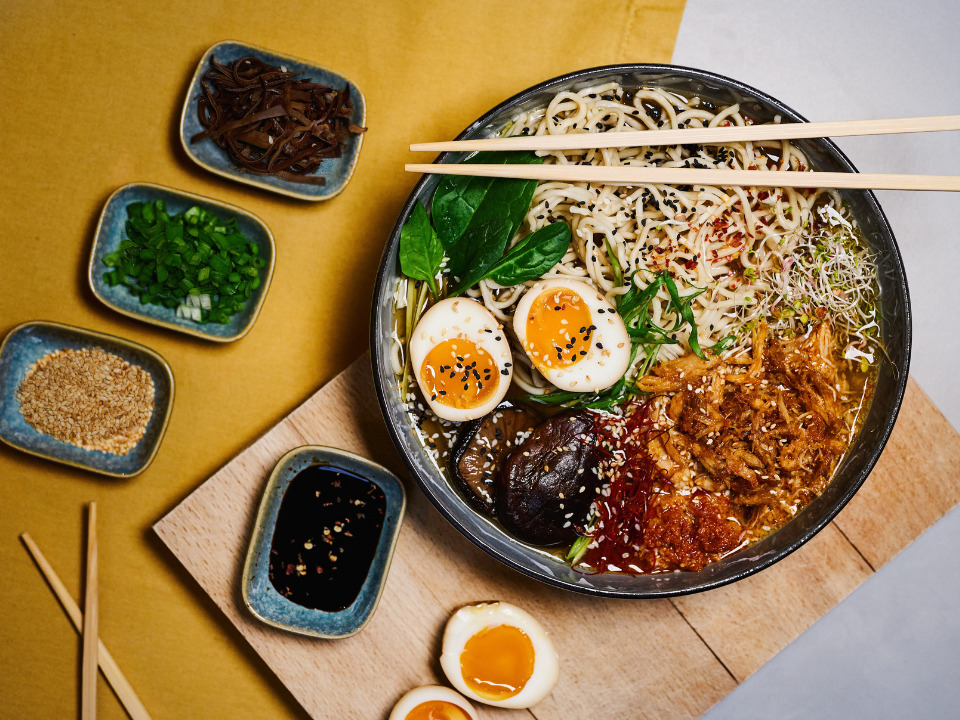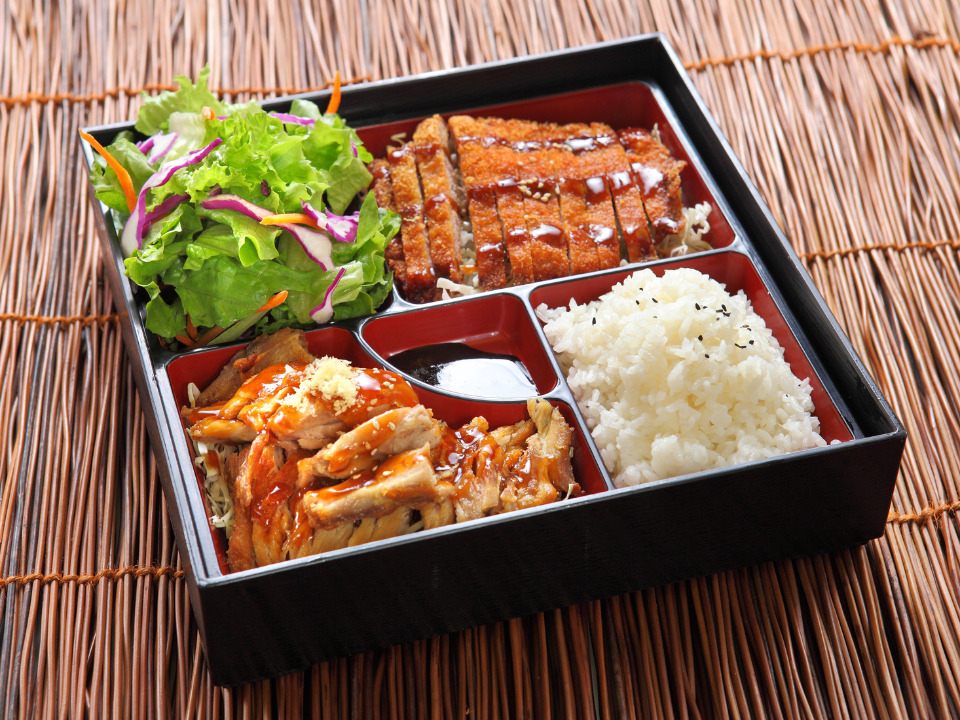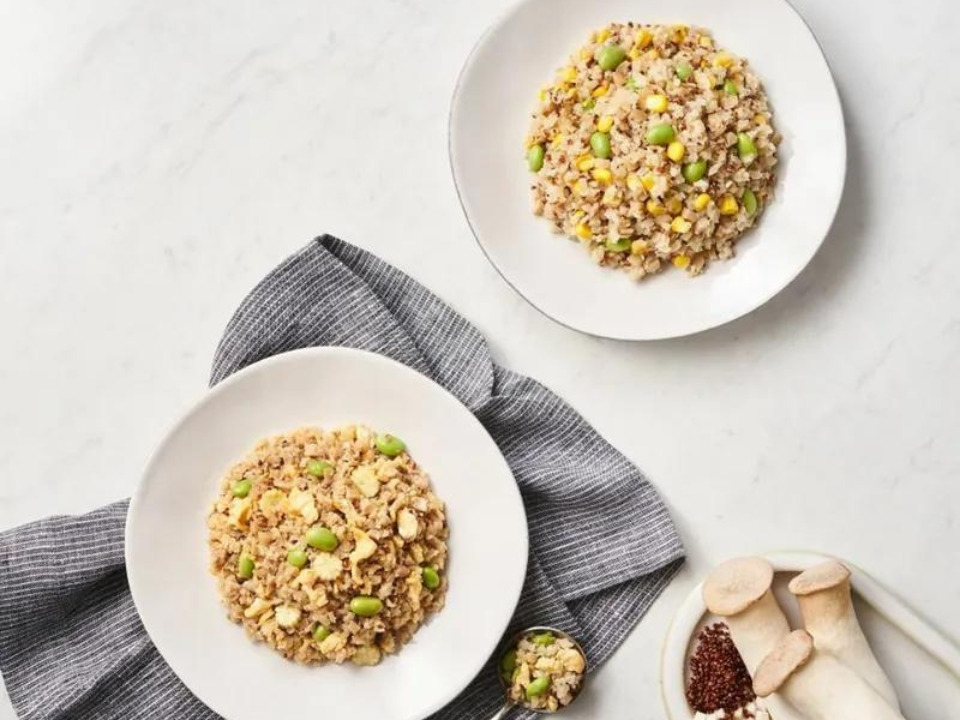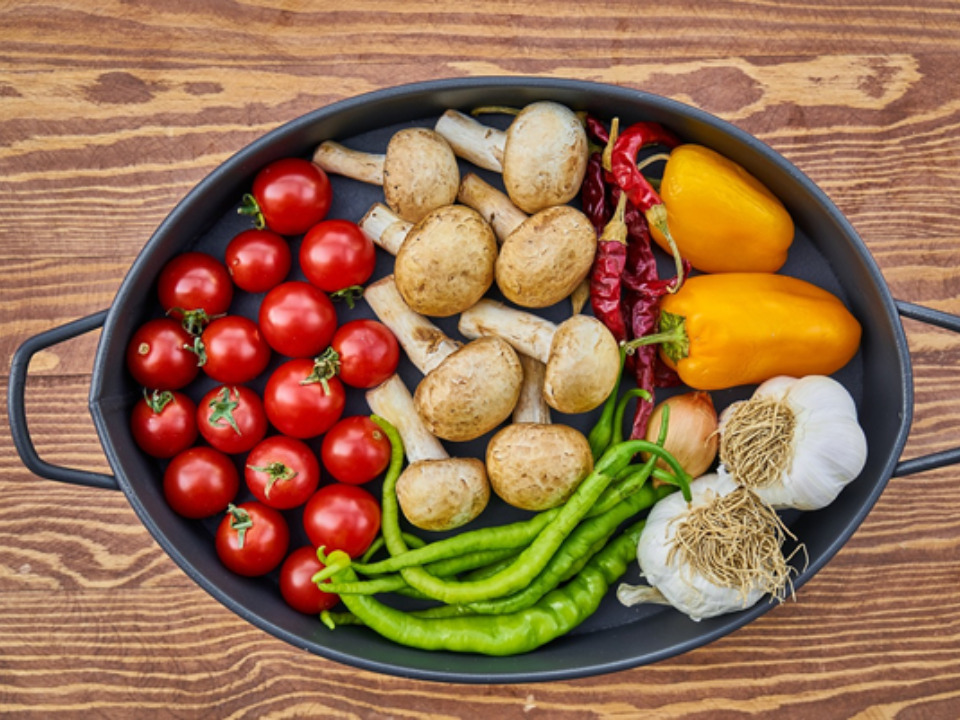
Do you know the relationship between vegetarianism and environmental protection? Global warming is becoming more and more serious, and the coldness in winter and the heat in summer are getting worse. Therefore, more and more people are joining the ranks of energy conservation and carbon reduction. Environmentally friendly food and environmentally friendly diet have also become emerging hot topics. How to choose meals more effectively? What about being kind to the planet and reducing your carbon footprint? Here are 7 tips for environmentally friendly and low-carbon diets, please read on!
內容目錄
ToggleWhat is the relationship between vegetarianism and environmental protection? Environmentally friendly ingredients are now in fashion!
What are environmental factors? Why does meat production accelerate global warming?
The term environmentally friendly refers to people who choose not to eat meat for the purpose of protecting the environment, because the production of meat will cause more greenhouse gases and environmental pollution than the production of vegetable food. Research from the University of Oxford has shown that the production of meat The carbon emissions of animal foods are 10 to 50 times greater than those of plant foods. The United Nations Environment Program has also pointed out that nearly one-fifth of global carbon emissions come from the production of animal foods, which produces approximately 10 billion tons of carbon dioxide every year. The United Nations' Agriculture and Food Organization also states that livestock around the world emit about 100 million tons of methane every year. All in all, the greenhouse gases produced by livestock alone account for about 18% of the annual increase in global greenhouse gases, and the pollution they cause every year is greater than or equal to the total emissions of global automobiles.
When you see this, you may be thinking, why is it so serious? The following will help you analyze what behaviors in the animal husbandry industry produce greenhouse gases and cause environmental pollution.
- Land use: Everyone knows that forests can absorb and store carbon and play a vital role in mitigating global warming. The animal husbandry industry requires land for grazing animals. Currently, global meat consumption is growing day by day. Therefore, many companies will cut down and burn forests in exchange for the land required for raising animals and grazing. According to statistics, the area of forests deforested around the world every year is At least the size of the country of Panama.
- Feed transportation: The livestock industry will need to transport feed to the livestock site. During the transportation process, a considerable amount of greenhouse gases, especially carbon dioxide, will be produced.
- The digestive process of animals after eating: After animals eat, during the digestion process, the stomachs of ruminants (such as cattle, sheep, etc.) will produce methane. This methane is released into the atmosphere through burps and exhaust. In addition, animal feces and urine also contain greenhouse gases such as methane and nitrous oxide. Especially in intensively raised places, these emissions will be more intensive.
- Water use: The livestock industry requires large amounts of water to supply animals for drinking, cleaning and other needs during production. This will lead to over-exploitation and consumption of water resources.
- Energy consumption of livestock facilities: Lighting, heating, cooling and ventilation of livestock facilities all require energy consumption. If fossil fuels are used to generate energy, it will cause the emission of greenhouse gases such as carbon dioxide.
- Slaughtering and processing: Slaughtering and processing livestock requires the use of energy, and the process also produces large amounts of greenhouse gases.
Based on the above, it can be knownThe production of meat produces a large amount of greenhouse gases, so many people have begun to choose to join the ranks of environmentally friendly vegetarians to contribute to the environmental protection of the earth.
Meat and the food crisis
In addition to causing a lot of greenhouse gas emissions, raising livestock may also indirectly exacerbate the food crisis! When we spend a lot of land for livestock, the area that can be used as arable land is reduced, and animals also need corn, wheat and other human-edible food to feed, so food is reduced and the food crisis is exacerbated. Therefore, investing in vegetarian food can not only slow down global warming, but also have a positive effect on reducing the food crisis.
Environmentally friendly ingredients are now in fashion!
Global warming and climate change have become a key factor in the rise of vegetarianism. The livestock industry has been identified as one of the major sources of greenhouse gas emissions, and switching to a plant-based diet can significantly cut these emissions. Also, reducing the need for livestock will help slow deforestation and protect our ecosystems. Globally, more and more restaurants, food companies and individuals are actively participating in the vegetarian movement to express care for the earth. We can foresee that vegetarianism will become a more widespread dietary choice around the world.
Seven environmentally friendly and low-carbon eating methods are shared. Energy saving and carbon reduction start with eating!
After reading the above relationship between vegetarianism and environmental protection, have you also thought about becoming a vegetarian and doing your part for the earth? In fact, in addition to vegetarianism, there are many tips for environmentally friendly diets. Here are 7 tips for energy-saving and carbon-reducing diets! Hurry up and follow the implementation and become a member of the environmental protection vanguard!
1. Choose food produced and sold locally
Choosing locally produced food can reduce dependence on fossil fuels such as oil, avoid high carbon emissions required for long-distance transportation, and slow down global warming.
2. Choose seasonal ingredients
When purchasing food, it is recommended to give priority to fruits and vegetables that are in season. Preserving non-seasonal ingredients will require the use of packaging materials, water and electricity and other resources, resulting in a greater carbon footprint. In addition to cheaper prices for seasonal ingredients, less pesticides and fertilizers are used for fruits and vegetables grown during the production season. If you don’t know what fruits and vegetables are in season, you can refer to this website:Reference materials for domestic vegetables and fruits available in each month.pdf (moa.gov.tw), or refer toAFA Global Information Network>Agricultural Products Production Period Inquiry (afa.gov.tw).
3. Choose original foods and lightly processed foods
During the process of food processing and manufacturing in factories, water, electricity, and packaging materials are required, and nutrients may be lost. In contrast, prototype foods such as fresh fruits, vegetables, whole grains, etc., because of their simple production processes, Requires less energy and resources and creates a smaller carbon footprint. Also, raw and lightly processed foods are generally healthier because raw foods are usually rich in vitamins, minerals and dietary fiber and contain fewer additives and sugars. Taking staple food as an example, you can choose domestic brown rice, purple rice, germ rice, or sweet potatoes. Compared with white rice, these not only require less processing, but are also rich in vitamins and fiber. Finally, it is recommended that you buy more ingredients that are sold naked, because plastic wrapping, plastic boxes and other packaging materials require additional consumption of resources.
4. Don’t hoard food
Stuffing too much food into the refrigerator will hinder the circulation of cold air in the refrigerator, causing the refrigerator to consume 4~5% more electricity to maintain a constant temperature in all corners of the refrigerator. Especially if the air outlet of the refrigerator is blocked, the temperature of the refrigerator will remain high and the food in the refrigerator will be damaged. Therefore, it is recommended that the refrigerator be kept at most seventy percent full, and excessive hoarding is not advisable.
5. Don’t waste food
Statistics from the Environmental Protection Agency indicate that the average weight of food waste discarded per person in Taiwan is 96 kilograms per year, which is higher than Japan, South Korea, and Southeast Asia. When food waste enters landfills, it will decompose to produce biogas, whose main component is methane. Therefore, not wasting food is also one of the important keys to reducing greenhouse gas production.
6. Bring your own reusable bags and reusable tableware
When you go out to buy food, you can carry environmentally friendly tableware and environmentally friendly bags with you, which can reduce the use of disposable packaging materials and disposable tableware. If you sometimes cannot eat for internal use, you can also use environmentally friendly lunch boxes or environmentally friendly food bags that you carry with you to pack them back. home, you can avoid the problem of food waste.
7. Try going vegetarian!
As mentioned in the above article, vegetarian and vegan meals produce less greenhouse gases than meat-based meals.The Ministry of Health and Welfare has also pointed out that as long as everyone in Taiwan eats vegetarian food one day a week, the carbon emissions reduced are equivalent to 4866 1600cc cars driving around the earth.Therefore, it is recommended that if you want to do your part for the earth, you can try to gradually join the ranks of vegetarians and gradually increase the frequency of vegetarian meals!
Vegetarians and vegetarians can also be eaten exquisitely! Lanyang provides you with a variety of healthy and delicious vegetarian meals
Want to join the ranks of vegetarians but are unwilling to live a life of eating only fried vegetables every day? Lanyang provides you with a variety of rich and delicious vegetarian meals! Lanyang Food was founded in 1984. It has long been supplying exquisite and delicious vegetarian meals to major domestic five-star hotels, chain catering operators, supermarkets, mass merchandisers, etc. The items include salads, staple food, soups, side dishes, desserts and other choices. , to meet the diverse needs of customers. Here are five of Lanyang’s long-selling vegetarian meals recommended to you!
Herb-flavored Mushrooms Soup (Vegetarian)
The tender and chewy shiitake mushrooms, crispy vegetables, and fragrant tonic soup all arouse the taste buds of gourmets. A bowl of it in the cold winter will not only warm and moisturize the throat, but also provide full nutrition, and is low in calories. It's easy to bear and drink with peace of mind.
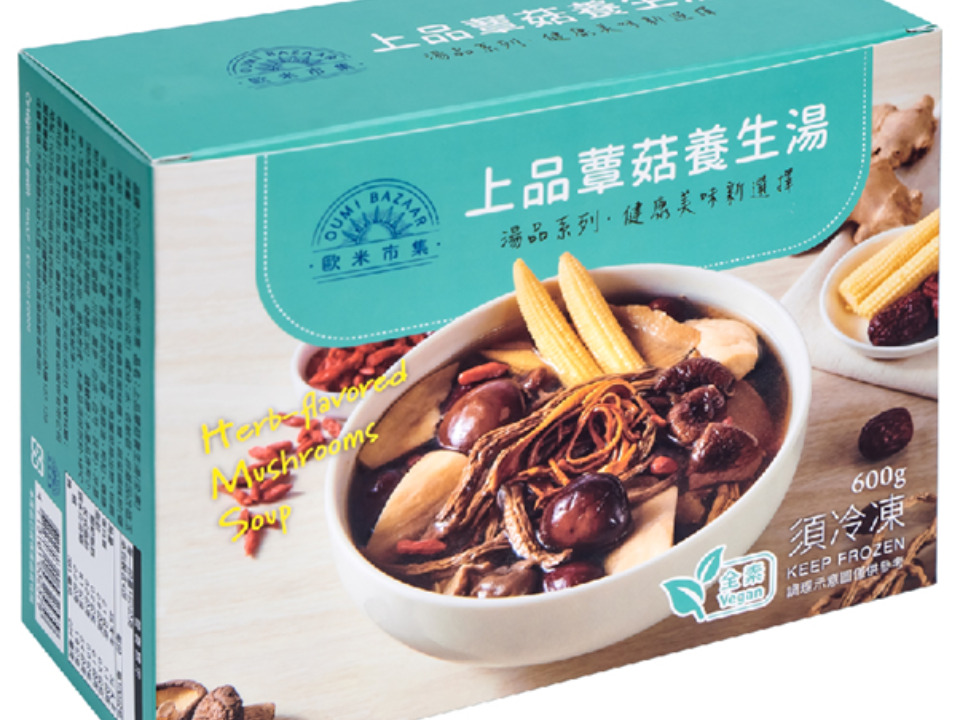
Cauliflower Rice with Thai Sauce
This dish uses refreshing white coconut rice and super grain red quinoa as the protagonist. It is served with diced onions, diced red peppers and sweet and crispy sliced corn shoots. It has a multi-layered chewy texture and is paired with shallot crisps, basil powder, lemongrass, lemon leaves, etc. The spices stack up to create a Thai flavor, which is slightly spicy and has a sweet and sour taste. You can enjoy the full flavor of exotic cuisine when chewed lightly.
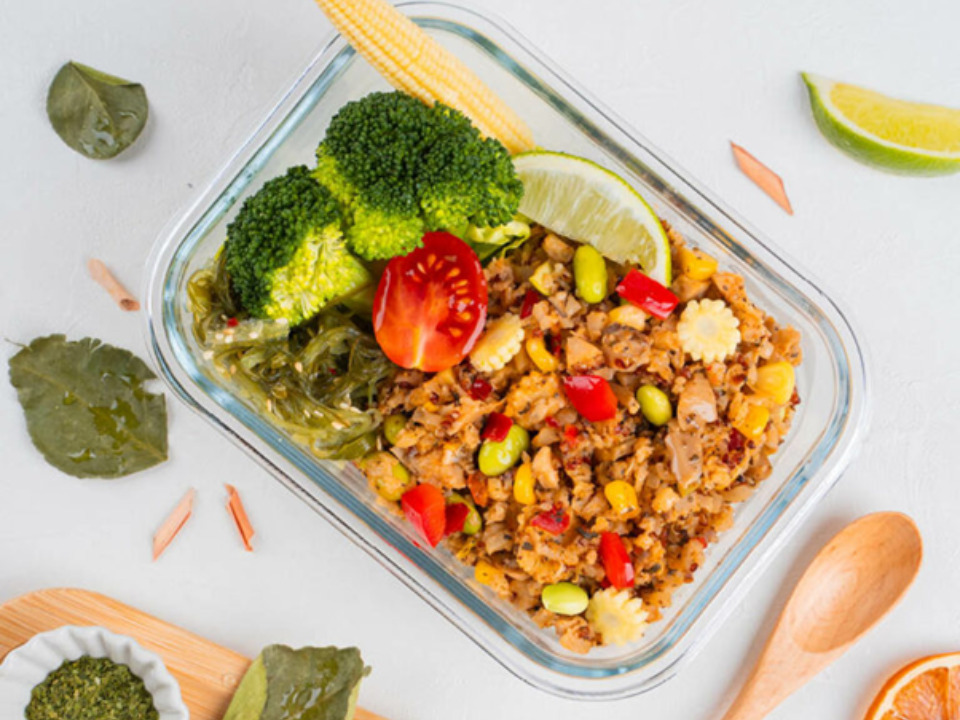
Stewed white fungus
with crystal sugar
(fruit flavor)
Selected Q-bomb white fungus boiled, adding diced yellow peaches, dried cranberries, raisins and other dried fruits, colorful, not sweet or greasy in the mouth, sweet and sour, soft and tender taste, so that the multi-layered fruit aroma can be stored between the lips and teeth, providing a solution for health preservation Summer holy product.

Pumpkin Soup
Strictly selected high-sweet New Zealand pumpkin, accompanied by pure and rich, smooth and delicious cream. Unforgettable.
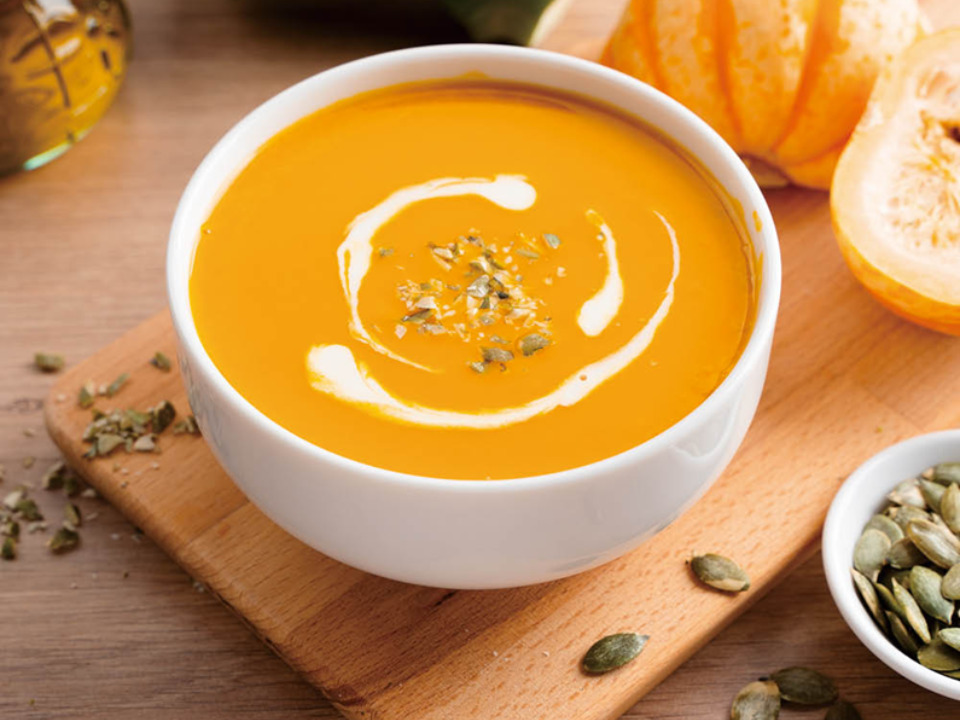
Indian Mushroom Curry (Plant Five Spicy) (Contains Milk)
Specially selected nutritious chickpeas, mushrooms, carrots, green beans and other ingredients are cooked together with various spices such as coriander, turmeric, cardamom, cumin, etc. The slightly spicy aroma brings out a rich Indian-style curry. Evocative vegetable curry, vegetarians can also feast on it.
